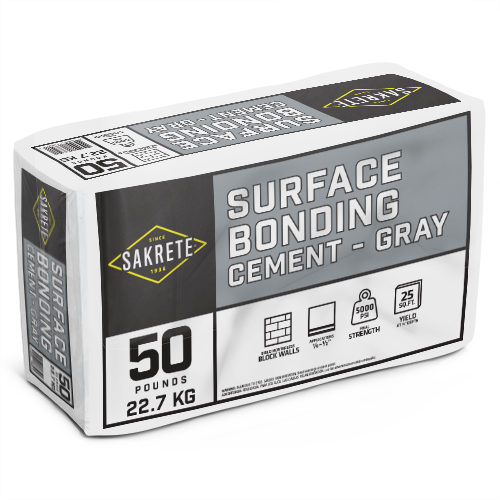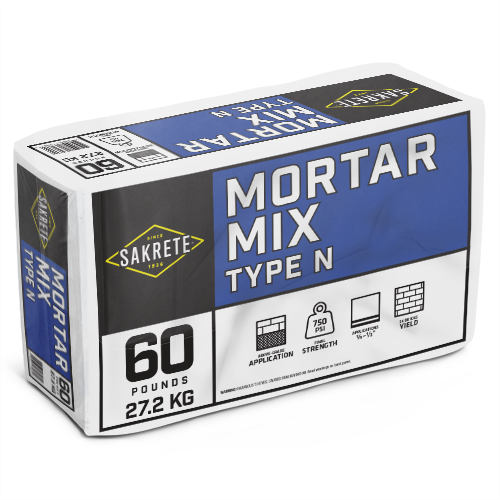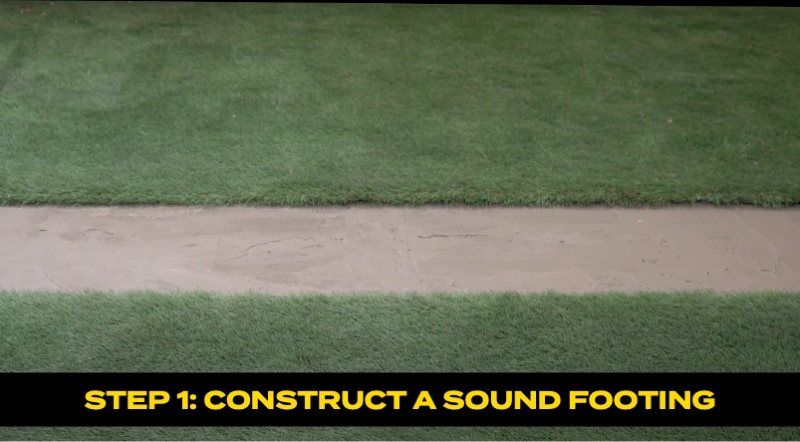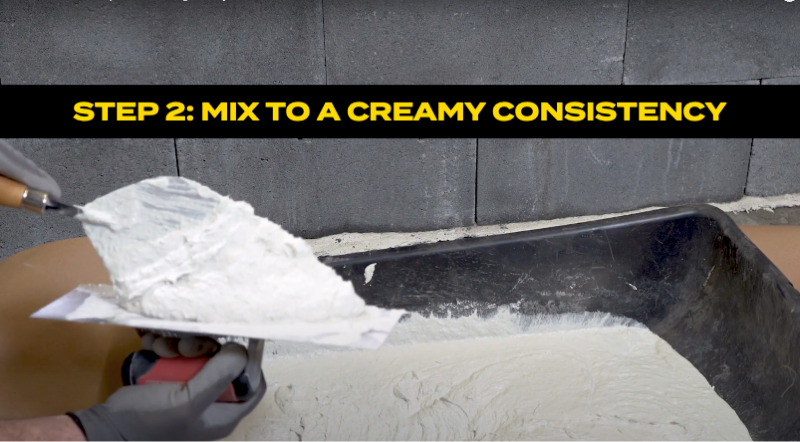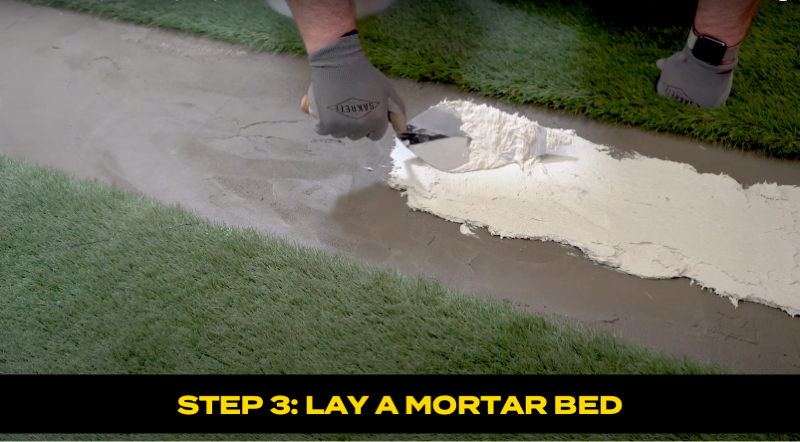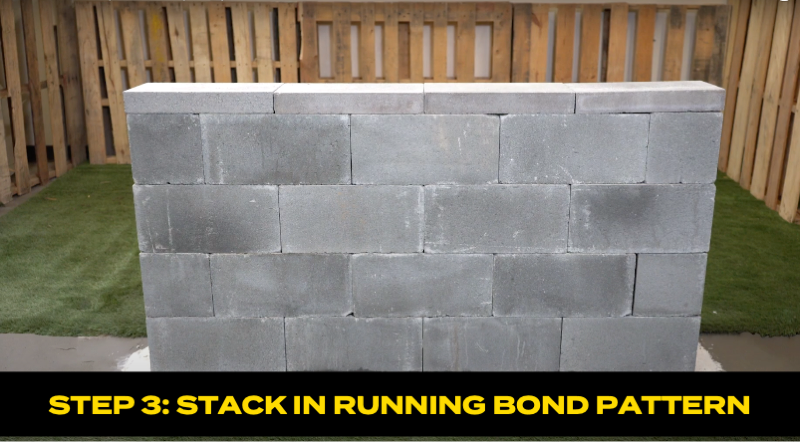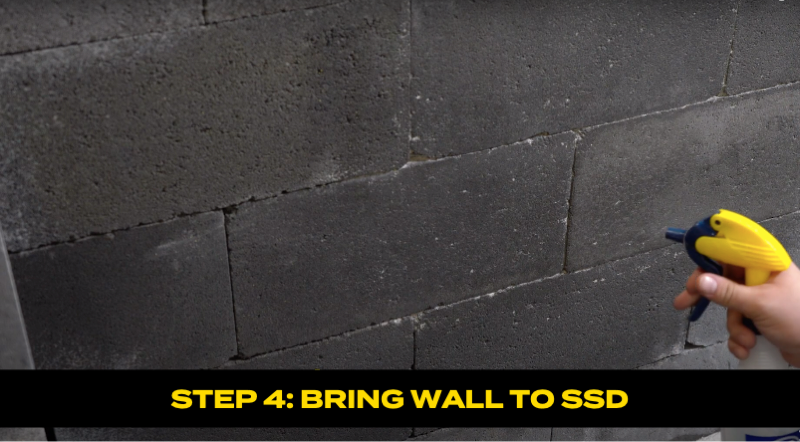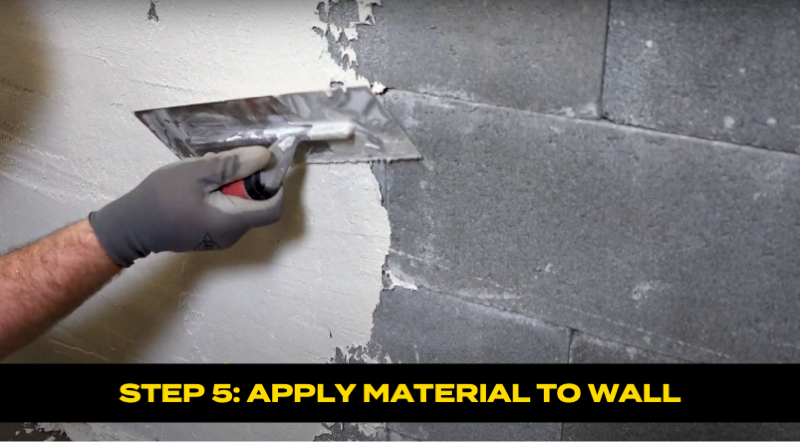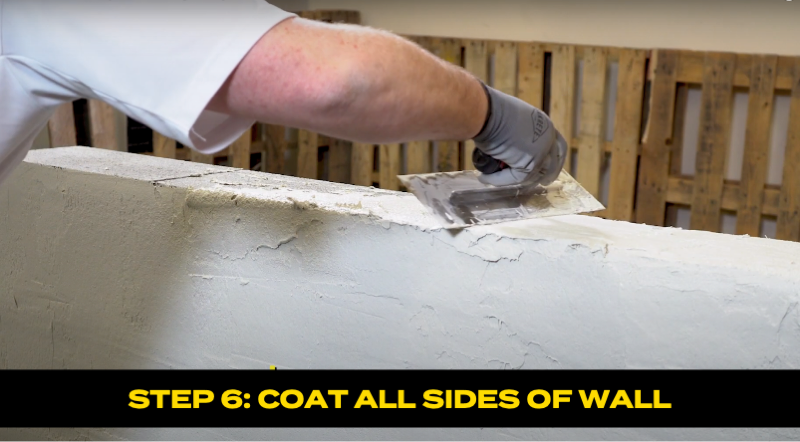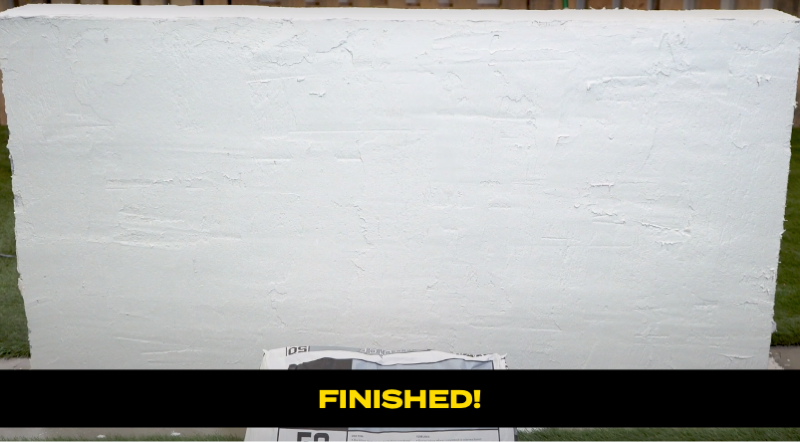Project Prep
Determining the types of loads that your wall will be subjected to is a crucial first step—a decorative wall is far simpler and will require next to no reinforcement, whereas a low retaining wall or other structural wall will likely require grouting and rebar reinforcement.
It’s crucial that you consult your local building code before tackling a load-bearing wall. For the purposes of this Project Guide, we’ll assume a simple, non-load bearing structure.
- First off, prep your site by marking the outline of your wall.
- Excavate to below the frost line in preparation for pouring a footing.
- Pour the footing. See our Pouring A Slab Project Guide for guidance.
- Allow footing to cure per product instructions—approximately 1 week—before moving on to the next step.
